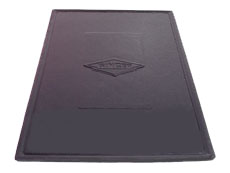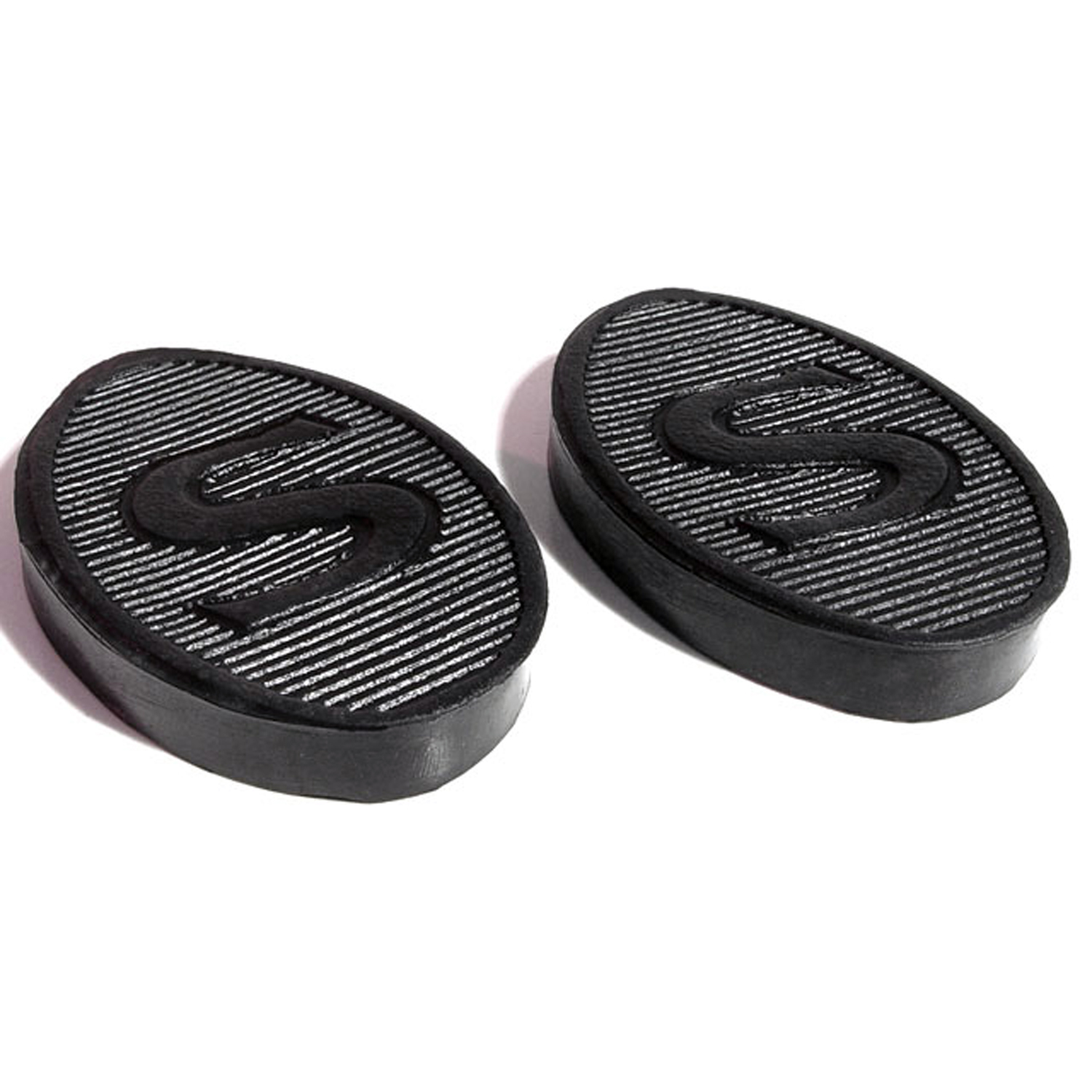Image of 1939 Singer 9r, Note: These illustrations use artistic license and may differ from actual historical models.
Performance Metrics
Fundamental Metrics
Emotional Appeal
MMP Rating
| Engine Specifications | |
|---|---|
| Engine: | 4-cylinder in-line |
| Displacement: | 1074 cc |
| Horsepower: | Estimated 10-12 HP |
| Torque: | Not available |
| Compression Ratio: | Not available |
| Ignition System: | Coil ignition |
| Cooling System: | Water-cooled |
| Performance Specifications | |
| 0-60 Time: | Not available |
| 1/4 Mile Time: | Not available |
| Top Speed: | 60 mph |
| Transmission and Drive | |
| Drive Type: | Rear-wheel drive |
| Transmission Type: | 4-speed manual |
| Fuel and Efficiency | |
| Fuel System Type: | Carburetor |
| MPG: | Not available |
| Dimensions and Brakes | |
| Brakes: | Drum brakes |
| Wheelbase: | 90 inches |
| Weight: | 1800 lbs |
Note: Specifications for classic cars are given to the best of our ability, considering the limited and variant data available.
The 1939 Singer 9 Roadster: A Pioneering Spirit of Pre-war Motoring
As the wheels of history turned towards the tumultuous 1940s, the 1939 Singer 9 Roadster stood as a testament to the ingenuity and elegance of pre-war automotive design. Crafted by the Singer Car Company, a notable British manufacturer with roots dating back to the late 19th century, this vehicle emerged as a beacon of innovation amidst an era of global uncertainty. The Singer 9 Roadster, often referred to as the 9R, not only captured the essence of its time but also paved the way for future automotive advancements. One particularly intriguing fact about this vehicle is its endurance in motorsport events, including its participation in the famous Le Mans 24-hour race.
Design and Innovation
The Singer 9R's exterior was a harmonious blend of form and function, characterized by sweeping lines that exuded motion even at a standstill. Its chrome-accented grille and rounded headlamps were hallmarks of the era's aesthetic sensibilities. Inside, occupants were greeted with an interior that prioritized simplicity and craftsmanship. The use of high-quality leather and wood accents spoke volumes about the attention to detail that Singer invested in each car.
Technologically, the Singer 9R boasted features that were quite advanced for its time, such as a four-speed manual gearbox and hydraulic brakes. Color options were reflective of the period's tastes, with deep blues and rich maroons being popular choices among buyers. The most iconic body style was undoubtedly the two-seater roadster, which captured hearts with its sporty open-top design.
Historical Significance
The Singer 9R's impact on automotive design was profound. Its blend of performance and affordability set it apart from contemporaries and laid down principles that would be echoed in post-war sports cars. The vehicle's legacy is evident in its contribution to making sports car ownership more accessible to a broader audience.
Performance and Handling
The Singer 9R may not have been a powerhouse by modern standards, but its performance was impressive for its time. With a top speed nearing 70 mph and capable acceleration, it offered an engaging driving experience. Handling was nimble, allowing drivers to navigate winding roads with confidence. Behind the wheel, one could hear the distinct purr of its overhead camshaft engine—a sound that became synonymous with the Singer brand.
Ownership Experience
The Singer 9R served various roles from daily transportation to weekend racing warrior. Its reliability was commendable; however, like many vehicles of its era, it required regular maintenance to keep it running smoothly. Fortunately for owners, repairs were relatively straightforward due to the car's uncomplicated design.
Fun Facts
This classic roadster has seen its share of limelight with rare editions that have become collectors' treasures. While not known for breaking speed records, it held its own in endurance racing—a testament to its robust construction. Despite criticisms over time regarding aspects such as limited cabin space, enthusiasts celebrate it for its charm and driving pleasure.
Collector's Information
Today, a well-preserved Singer 9 Roadster can fetch a significant sum in the collector's market. Production numbers were modest by today's standards—estimates suggest that several thousand units were produced—making surviving examples relatively rare finds. Over time, values have generally appreciated as classic car enthusiasts seek out these pre-war gems.
Conclusion
The 1939 Singer 9 Roadster remains an emblematic figure in automotive history—a symbol of resilience and grace from an era on the cusp of change. Its legacy endures through every preserved model and restored classic that takes to modern roads, echoing the spirit of innovation from a bygone age.
1939 Singer 9r Catalog of Parts
 1939 Singer 9R Accessory Floor Mat - 12"X17"-AC 48Accessory Floor Mat - made of high quality black rubber with molded original emblem. Also designed to be sewn into new carpets. 12"X17", Each
1939 Singer 9R Accessory Floor Mat - 12"X17"-AC 48Accessory Floor Mat - made of high quality black rubber with molded original emblem. Also designed to be sewn into new carpets. 12"X17", Each 1939 Singer 9R Clutch and Brake Pedal Pads. 1-3/4" wide X 3" long. Pair-CB 98Clutch and Brake Pedal Pads. 1-3/4" wide X 3" long. Pair
1939 Singer 9R Clutch and Brake Pedal Pads. 1-3/4" wide X 3" long. Pair-CB 98Clutch and Brake Pedal Pads. 1-3/4" wide X 3" long. PairWhy Choose Metro?
For over 100 years, Metro Moulded Parts has been the pinnacle of quality in classic car restoration parts. Our commitment to precision and authenticity in every component ensures a perfect fit and an OEM-level appearance.
- Expert Craftsmanship & Quality: Each part is a testament to our dedication to reliability and perfection, crafted from original designs and thoroughly tested.
- Advanced Technology: We use cutting-edge techniques to create flawless, long-lasting parts that surpass others in performance.
- SuperSoft Sponge – The Ultimate Door Seal: Not only are our door seals 30% softer than competitors', but they're also guaranteed to never leak. They effectively reduce wind and road noise, enhancing your classic car's comfort and driving experience.
- Proudly American: Our parts are a product of American craftsmanship, made in the USA with a spirit of excellence and heritage.
- Unrivaled Warranty: We back our products with a 30-year industry-leading warranty, a testament to our confidence in their quality.
Join us in preserving the legacy of classic cars with parts that are crafted for perfection, not just made.

